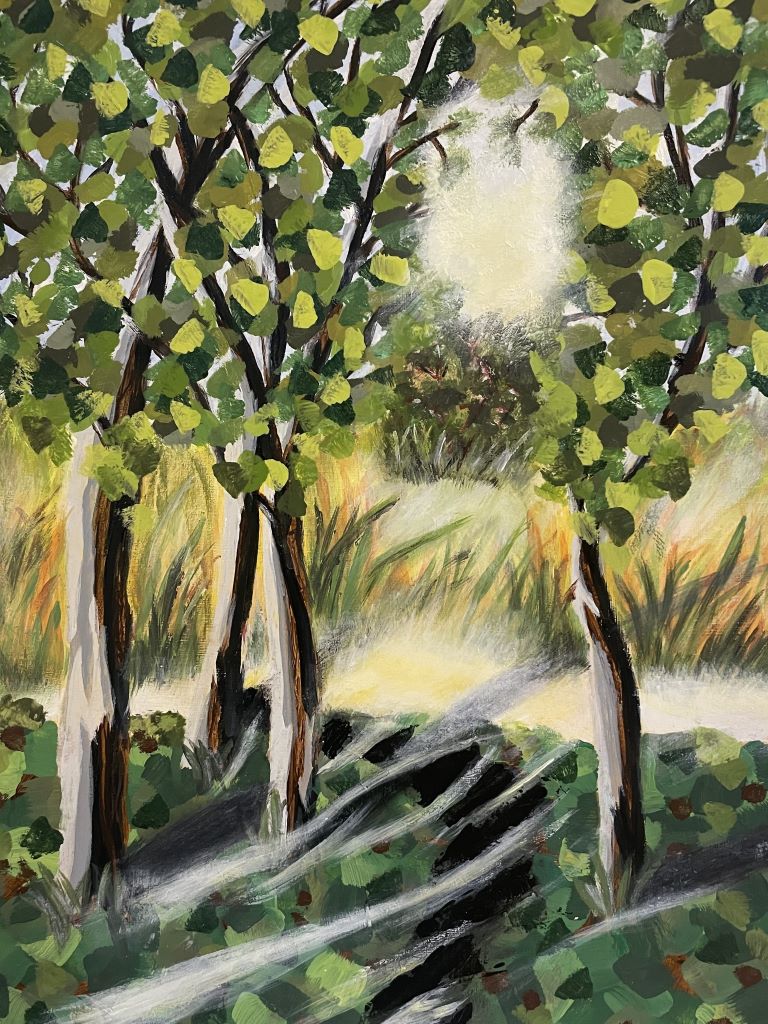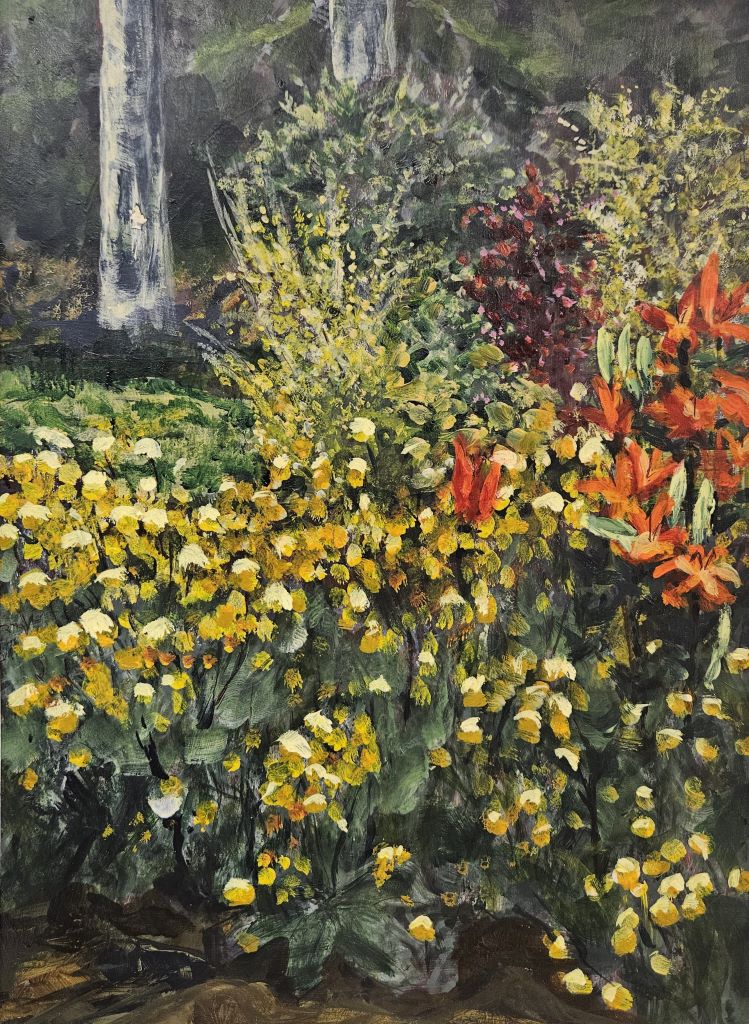Acrylic Painting I: Basic Techniques and Fundamentals
Instructor: Lia ter Heide
Thursdays 5:30-8:30pm
8 weeks: April 10 to June 5
Location: In-person Williams Building room 255
$330 (supplies not included)
Prerequisite: None
This foundational course is intended to introduce the joy of acrylic painting in a supportive environment of exploration and discovery. Personal artistic development and creative confidence will be encouraged through knowledge and skill building. Experience in technical fundamentals such as surface and palette preparation, paint application, colour mixing, glazing, layering, tool use, and brushwork will be developed through demonstrations, exercises, and guided projects. Relevant artists and art movements (both historical and contemporary) will be referenced to facilitate the learning process.
Syllabus
- Introduction to painting tools, media, supports and preparation
- Mixing and applying paint: value scales and technique
- Monochrome studies: value and form
- Introducing colour: limited palette studies
- Introduction to still life: underpainting and layering
- Introduction to landscape: brushwork and knifework
- Introduction to portraiture: observation and interpretation
- Introduction to surrealism: intuition and automatism
- Introduction to abstraction: composition and conceptualization
Supplies
- Drawing pencil (2B or softer)
- Vinyl eraser
- Kneaded eraser
- Charcoal (a few sticks of vine charcoal is fine)
- Painter’s tape
- Rag/cloth
- Small spray bottle
- Sketchbook
- White gesso (Demco or other economy brand is fine, Golden or Liquitex is recommended)
- Acrylic gel medium (gloss)
- Acrylic paints (Golden or Liquitex is recommended, but brand is your choice- names may vary by brand):
- Mars Black
- Titanium White
- Primary Yellow
- Cadmium Red Medium
- Ultramarine Blue
- Pthalo Blue
- Pthalo Green
- Dioxazine Purple
- Burnt Umber
- Raw Sienna
- Payne's Grey
- Optional: Students may choose to use other colors, including any they may currently own, but they are not required. Colors that may assist range include Quinacridone Magenta, Titanium Buff, Yellow Ochre, Alizarin Crimson, Zinc White, Cadmium Yellow, Green Gold, etc.
- Brushes: A variety of synthetic or hog bristle acrylic brushes, including bright, filbert, and round styles in several sizes. Recommended: 1” bright, #6 bright, #10 round hog bristle, round #4 or #6, filbert #6, round #2 or smaller or liner brush for detail
- Painting (palette) knives: a variety of offset metal or plastic painting knives
- Supports: students may choose to paint on heavy paper (Strathmore 300, 140lb stock is recommended) 4 sheets should be enough for this course. We will cut the sheets into quarters or smaller pieces for projects.
- AND/OR students may choose Masonite panels, birch veneer panels, canvas boards, canvas paper, or packs of stretched canvases which are readily available at stores. For your final project especially, you may wish to have a sturdier support, such as a panel or canvas.
- Palette: for our purposes, Tupperware or plastic lids (ice cream, yogurt etc) work well. You can also buy acrylic palettes. If you wish to create a wet palette, this can be discussed in class.
Optional but recommended:
- Apron or paint shirt to protect clothes
- Nitrile or latex gloves to protect skin








